1334 N. Imperial Ave, El Centro CA 92243
|
Why am I losing my hair?
If you are worried about losing your hair, you are not alone. Seeing hair collecting in your brush or in the shower drain is not unusual. In fact, statistics from a number of sources indicate that about 25% of men start to see hair loss as early as 21 with the percentage increasing to 66% by 35 and almost 85% for those 50 and over (American Hair Loss Association). Women are also not immune as almost 40% experiencing hair loss are women, with 50 percent experiencing the problem by the time that they reach 50. Women become particularly concerned about hair loss in their eye brows and eye lashes while men are more focused on pattern baldness. On average, we lose approximately 100 hair follicles per day. The total number of hair follicles on average is between 100,000 and 150,000, so 100 does not seem like many. However, as we age, the rate of growth of new hair also declines, according to WebMD. And with 10% of our hair follicles at rest at any one time combined with slower growth and hair loss, thinning areas will appear to increase in size. Put a stop to it now Here are five easy ways to strengthen your hair and prevent further hair loss: Protect Your Hair From Damage. Try to avoid washing hair too often, using harsh cleaning and styling products, wearing tight ponytails, brushing hair when wet and exposing it to high temperatures or styling tools. Balance Your Diet. Ensuring your meals are rich in protein, iron, zinc and vitamins is integral when it comes to maintaining and promoting healthy hair. Opt for eating foods that are rich in nutrients; such as fish, meat, green vegetables, fruit, yogurt and pulses. You’ll also want to make sure to keep well hydrated, so make a conscious effort to drink six to eight glasses of water throughout the day to encourage healthy hair growth. Complement Your Diet with Supplements. Including supplements in your diet is a great way to provide extra care for your hair. The two most popular hair vitamins are Viviscal Pro, which contains an amino-mar complex to boost hair growth, and Nutrafol, which target multiple common root causes of thinning hair like stress, diet and hormonal imbalances. Choose Natural Hair Products. When purchasing hair conditioner and treatments, look out for natural, products that contain botanical properties and essential oil extracts in their ingredients list. Using natural remedies, along with sulfate and silicone-free products, offers a milder, healthier alternative to care for your hair. A popular shampoo and conditioner are Viviscal Professional Thin to Thick Shampoo and Viviscal Professional Thin to Thick Conditioner. Stimulate New Hair Growth. Increasing blood flow to the scalp helps provide essential nutrients and stimulate hair follicle growth. Enjoy giving yourself a mini head massage a few times a week, working in circular motions on the scalp with your fingertips, treating your scalp with a massaging brush in the evenings, or try physical exercise that will increase blood circulation. Workouts that are great for the scalp include yoga, aerobics and running. Taking things up a notch For many, the typical solutions just won't cut it. Whether you've tried topical or oral solutions, some conditions require more long term treatment. Platelet Rich Plasma Injections (PRP) Our blood contains two different elements – red blood cells and plasma. The plasma contains white blood cells and platelets. Platelets are rich in growth factors. PRP has been used for decades to increase healing injured tendons, ligaments and muscles, for example in joints with arthritis and more recently to help increase collagen production in facial skin rejuvenation. PRP is a three-step process by which a small amount of a patient’s blood is drawn (Step 1) and put in a centrifuge. Spinning the blood allows it to be separated, obtaining the platelet rich plasma (PRP) (Step2). The PRP is then placed in a syringe and injected into the area of thinning hair (Step 3) at the level of the hair follicle. Combining the PRP with thrombin or calcium chloride results in the production of growth factors (cytokines). By performing multiple injections about one half an inch apart in the target area, the PRP stimulates growth of existing hair follicles and generation of new growth. Each hair follicle can have multiple hairs growing from it. The PRP increases blood supply to the hair follicle and increases the thickness of the hair shaft as a result. The standard protocol is for this less than one-hour procedure to be performed once a month for three months initially and then once every four to six months to continue the growth cycle. Information from realself shows that 73% of patients believe that it is worth it. Research from India indicates that average increase in hair growth experienced was approximately 30%.
2 Comments
Chemical peels--you've heard about it, but what exactly is it and what can it do for your skin? A chemical peel uses an acid or a combination of acids and chemicals to improve the appearance of the skin on your face, neck or hands. A chemical solution is applied to the skin that causes it to exfoliate and eventually peel off. The new, regenerated skin is usually smoother and less wrinkled than the old skin. Chemical peels give your skin a refreshed, dewy look and can improve your acne, scars, wrinkles, and hyperpigmentation such as sun spots and melasma. Chemical peels are used to improve the following skin conditions:
Different types of acids are used to peel the skin. Sometimes they are used individually, or sometimes they are blended with different chemicals to achieve the desired effect. Our office uses a variety of different peels to help you achieve your desired skin result. We use chemical peels from Glytone Professional by Enerpeel, which can only be found in doctor's offices. It has a patented penetration enhancer to deliver the chemicals into the deeper layers of your skin instead of just the top. It also has chemicals to reduce inflammation. This gives better results with less surface trauma. We also use PCA Skin, which contains custom proprietary formulations for those with sensitive skin. So which peel is the right one for you? The best way to find out is to make an appointment with our medical esthetician to determine your skin issues and trouble shoot it. But as a general guideline, the following peels are used: AcneIf you have acne-prone skin, our Glytone Professional by Enerpeel SA Peel is a perfect combination of 30% Salicylic Acid, Triethyl Citrate, Oligopeptide-10, and Ethyl Linoleate. These chemicals work together to help the peel penetrate deep into the pore, exfoliate it, and kill acne-causing bacteria. This peel has been clinically shown to kill the acne bacteria when it is done in a series of 4 peels 2 weeks apart. If you are allergic to antibiotics, or don't want to take antibiotics, this a great solution for you. Anti Aging, Hormonal Acne, Scars, Oily SkinIf you want to defy visible signs of aging for a younger complexion, then the Pyruvic Acid or Jessner's peel is perfect for you. It is used for premature signs of aging and for superficial hyperpigmented skin. It reduces the appearance of moderate hyperpigmented skin and improves skin tone and skin radiance (brightening effect). It also helps if you have extremely oily skin. Before and after a pyruvic acid peel. Hyperpigmentation and MelasmaIf you have brown spots, melasma and hyperpigmention, then a Jessner's Peel would help you improve your skin. This peel also improves skin tone , skin radiance to brighten your skin, and reduces the appearance of fine lines and wrinkles. For patients with melasma, it is important that you are on a bleaching medication as well as the peels to fade out your spots. Before and after a Jessner's Peel Rosacea and RednessFor patients with Rosacea and Redness, we have the Sensi Peel or Mandelic Acid which will decrease the redness and inflammation. If you have hormonal acne, acne scars, wrinkles, or oily skin, then the pyruvic acid peel, also from Glytone, will really improve your skin. This peel is a little bit stronger, and works great for premature signs of aging and acne-prone skin. It decreases the appearance of fine lines, wrinkles, and dark spots. It also reduces the appearance of acne blemishes and pore size to improve the appearance of skin tone, texture, and smoothness. Which Peel is the best for you?We have a combination of chemical peels for all skin types, from sensitive to acne to anti aging and hyperpigmentation. Call our esthetician to schedule a chemical peel that is perfect for your skin!
We started this new blog to keep you updated on the latest skin care products, laser and cosmetic treatments, and the latest breakthroughs and discoveries in dermatology. We will also keep you updated on events that are going on with our office and staff.
That being said, we are excited to announce that we are moving to a new location during this summer 2017! Our new location is on Imperial Avenue, next to Smart & Final (where the old Coyne Motorsport used to be). The new office will be more spacious, with much more parking available than we currently have. It is under construction right now, and we will keep you updated on the renovations with photos and fun swatches of the interior design. Fingers crossed that we will be able to move in around August. Our new address will be 1334 N. Imperial Avenue, El Centro, CA 92243. Until our move during the summer, we are still open at the 4th Avenue location, where we have always been. |
DermblogA blog about the newest skin care products, the latest cosmetic and laser treatments for tattoo removal, acne scars, and facial rejuvenation, and updates on office events. Archives
October 2018
Categories
|

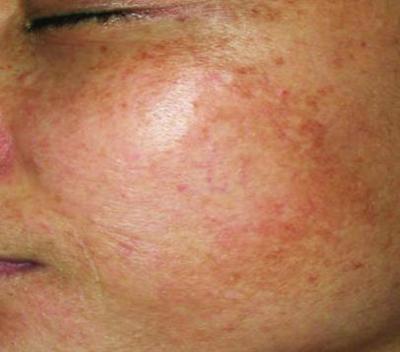
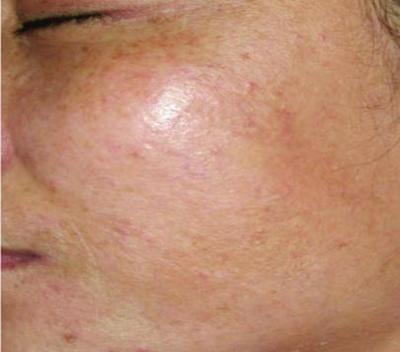
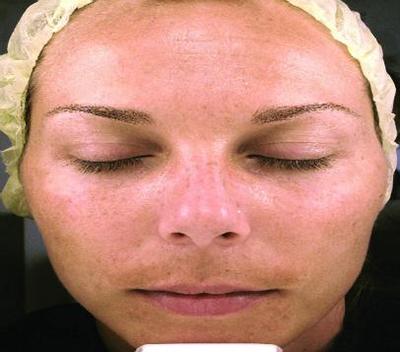

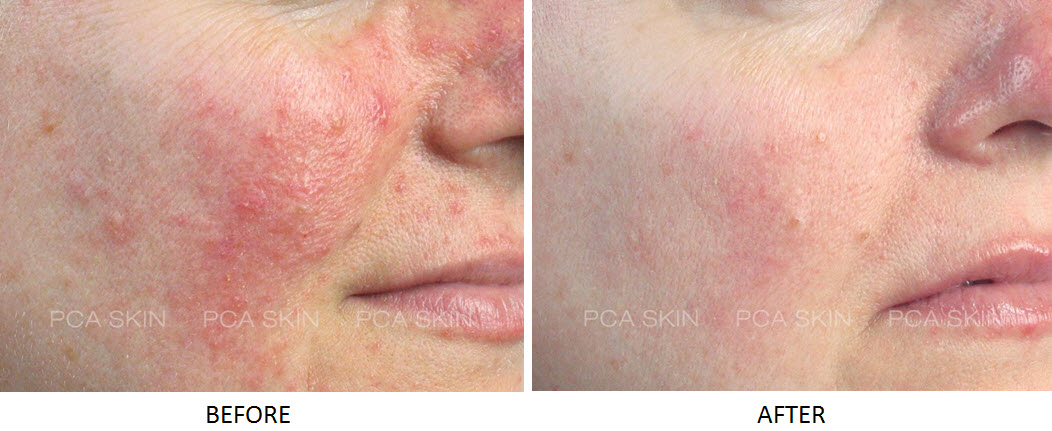
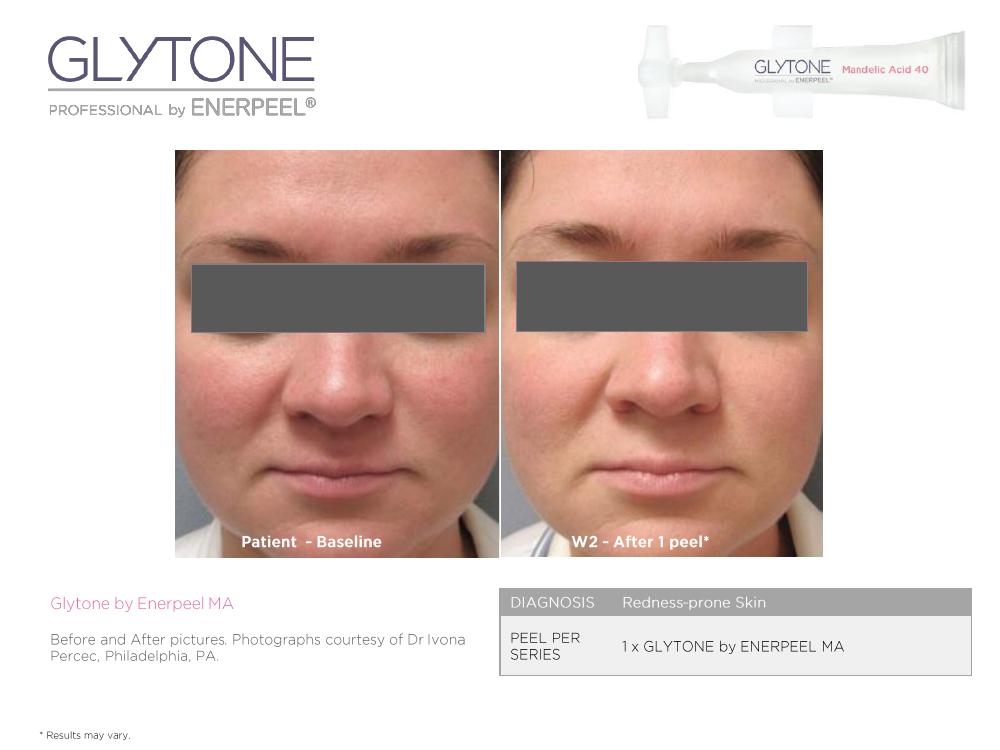
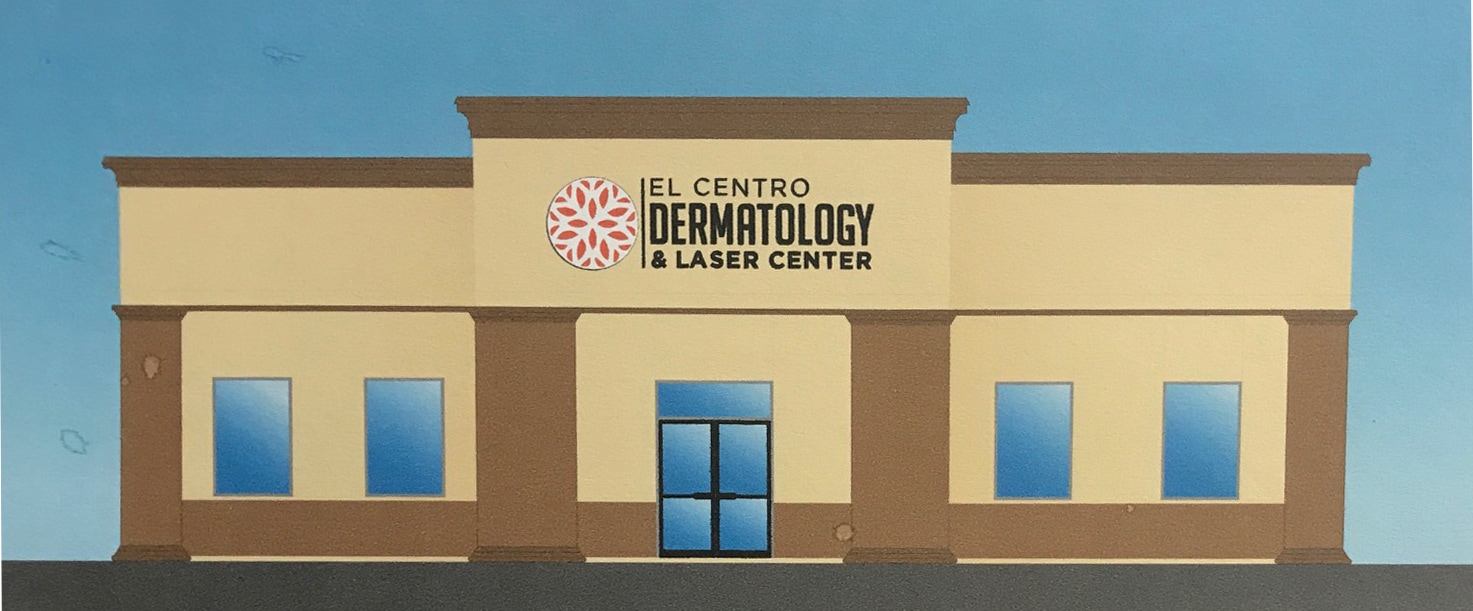
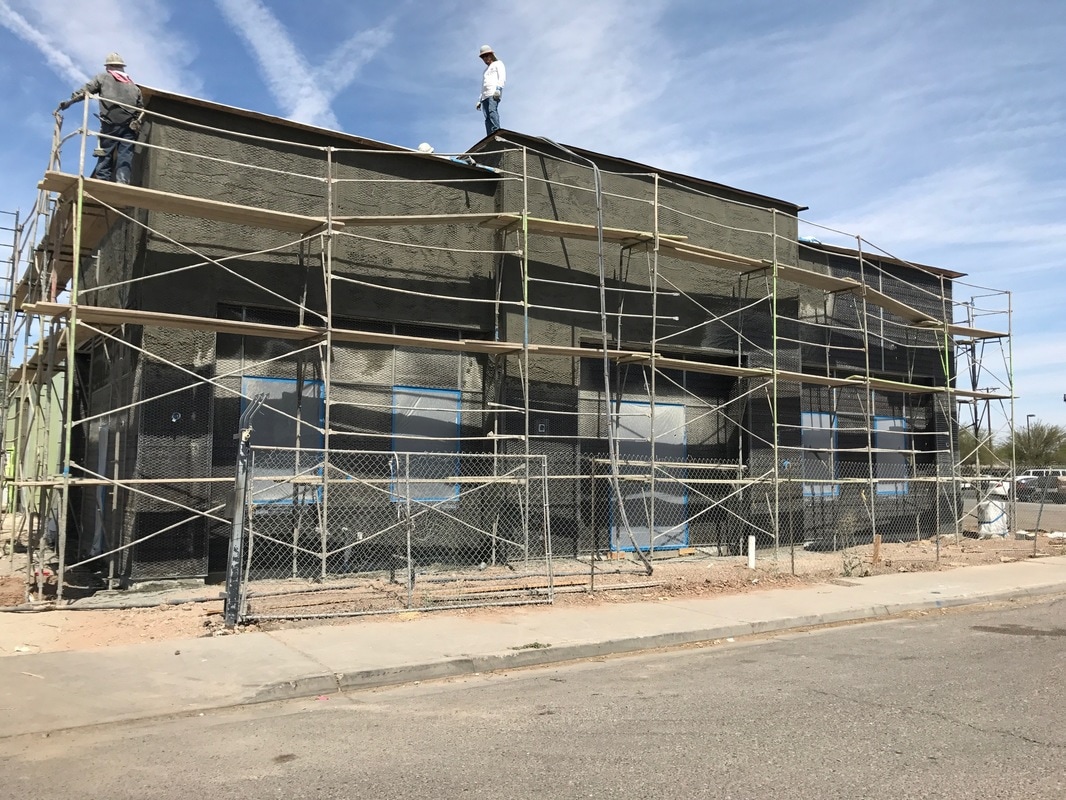
 RSS Feed
RSS Feed